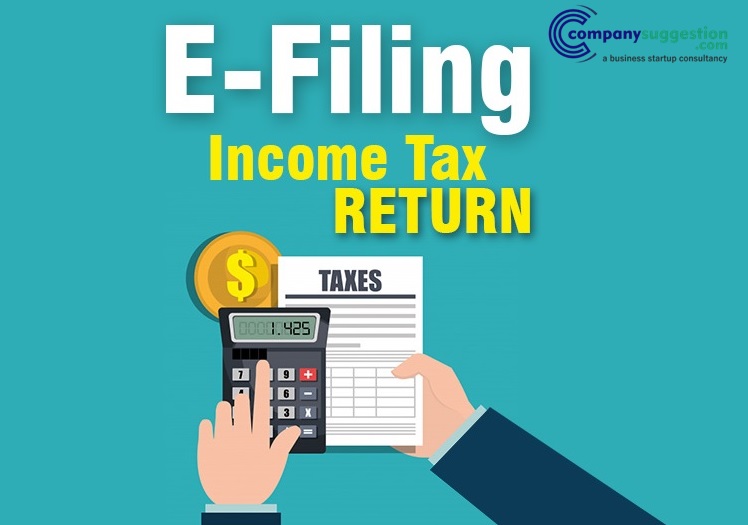5 ways to change the 'P' in Personal Income Tax
It's that time of the year when crores of Indians get ready to go through an annual ritual: Filing their income tax return (ITR), which computes the personal income tax (PIT) that must be paid for the most recently concluded financial year. As per the latest statistics available on the Income Tax Department website, around 5.5 crore individuals filed their ITRs in FY2018-19 (other sources indicate that this number has risen to 6.85 crores in FY2021-22), leading to a total collection of Rs6,96,604 crores, which is nearly three percent of India's GDP. Given the country's population of ~140 crores, and after excluding the elderly, children, and low-income households (which altogether account for 70 percent of the population), the number of ITRs filed is still a fairly small percentage (< 10 percent) of the taxpayer base, which then leads to many important questions regarding PITs and whether citizens are indeed following the requirements.
There have been many debates and discussions on whether the PIT has been effective in:
For example, paying their share of salaried income tax is fairly straightforward for employed/salaried professionals, with tax deduction at source (TDS) being applied. However, for self-employed business owners and even more so for the large swathe of low-wage workers (comprising maids, cooks, drivers, daily wage labourers, and so on) that exist in our country, the filing of an ITR remains a far-fetched notion. According to the FY2018-19 data, the number of taxpayers in the Rs2.5-3.5 lakh income range and the Rs5.5-9.5 lakh income range is dubiously large, and it is not hard to figure out why this is the case. (These individuals fall into a no- or significantly- lower tax bracket after applying the standard deductions.)
The government has taken various measures at central, state, and local levels to improve tax compliance. Still, these have been primarily restricted to educating the workforce on filing ITRs or informing them of penalties relating to the non-filing of ITRs. Despite these efforts, a large section of the workforce still does not file an ITR (the "informal economy", so to speak) and is not included in the "formal economy". Having a differentiated tax structure where the economically weaker sections of society pay little- to no- income tax and the tax burden climbs with rising income levels has also not helped curb this problem. In urban India, where the income levels of a majority of even low-wage workers exceed the tax threshold (currently at Rs3 lakhs per annum), it is worth asking why we have such a limited number of tax filers in the country and how we draw them into the formal economy. How do we ensure taxpayers across all brackets pay their fair share and not conceal part of their income?
The short answer is: It must become more lucrative for people to be part of the formal economy than to remain outside its purview. This seems counter-intuitive as paying taxes implies a reduction in an individual's wealth; so, how can it become more lucrative for anyone to pay taxes? To achieve this, we need to make significant changes to our existing tax code as outlined below:


